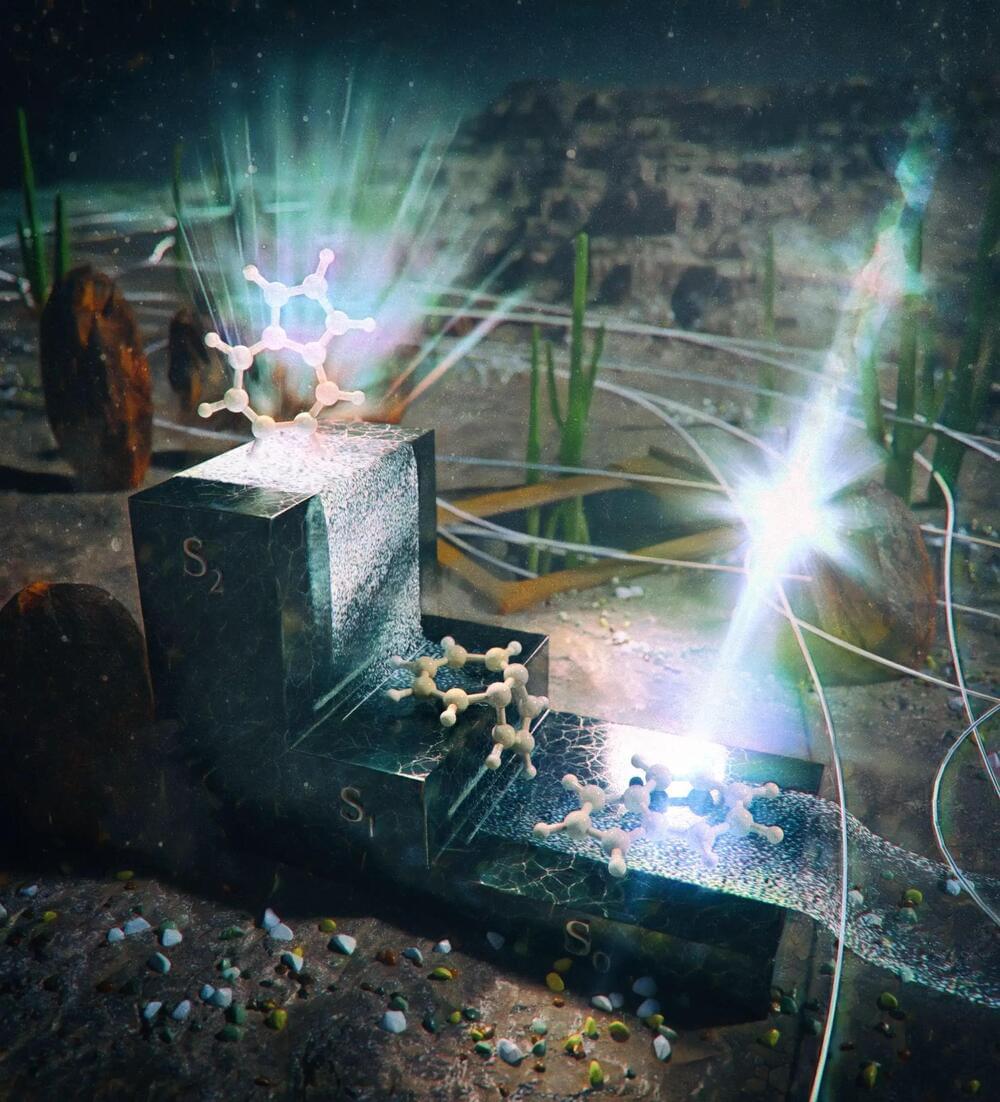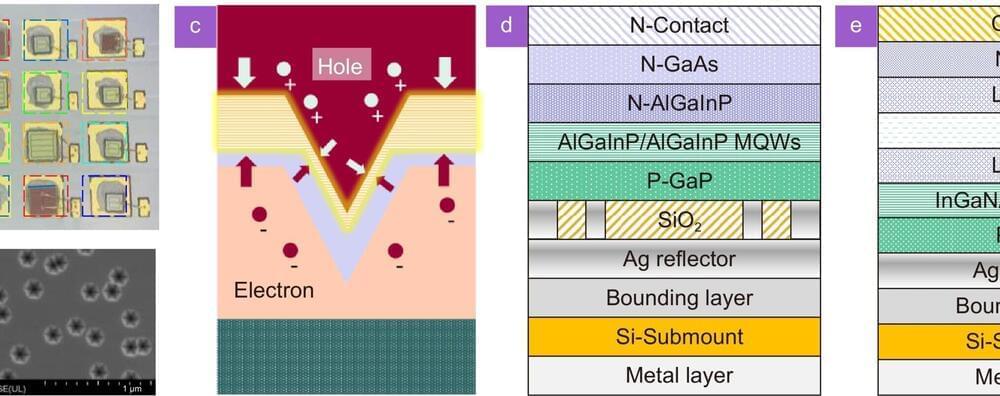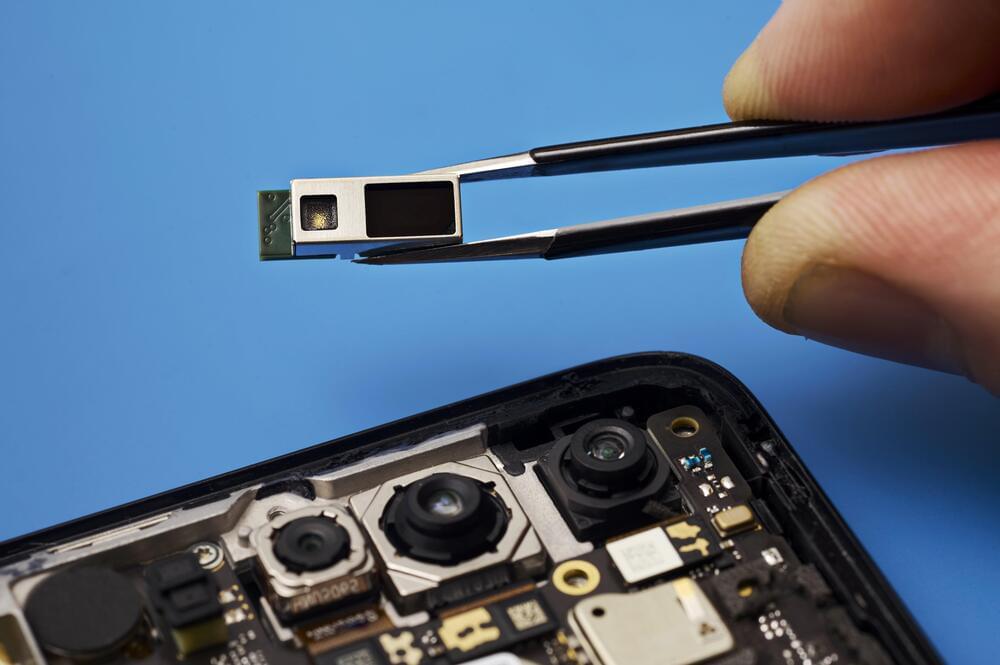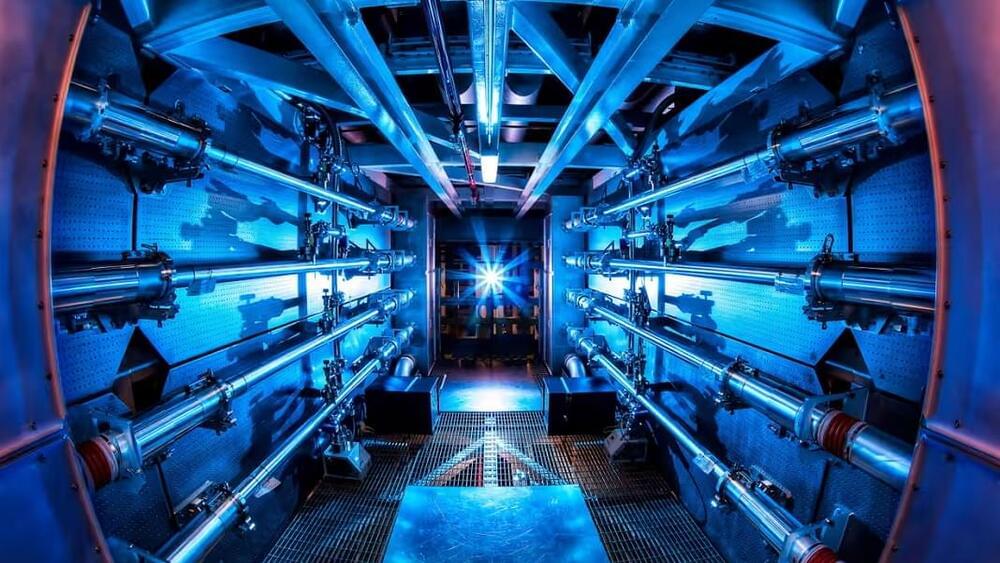Sep 22, 2023
Jellyfish shown to learn from past experience for the first time
Posted by Jose Ruben Rodriguez Fuentes in category: neuroscience
Jellyfish are more advanced than once thought. A new study from the University of Copenhagen has demonstrated that Caribbean box jellyfish can learn at a much more complex level than ever imagined—despite only having one thousand nerve cells and no centralized brain. The finding changes our fundamental understanding of the brain and could enlighten us about our own mysterious brains.
After more than 500 million years on Earth, the immense evolutionary success of jellyfish is undeniable. Still, we’ve always thought of them as simple creatures with very limited learning abilities.
The prevailing opinion is that more advanced nervous systems equate with more advanced learning potential in animals. Jellyfish and their relatives, collectively known as cnidarians, are considered to be the earliest living animals to develop nervous systems and to have fairly simple nervous systems and no centralized brain.


















